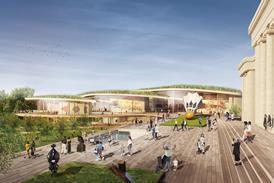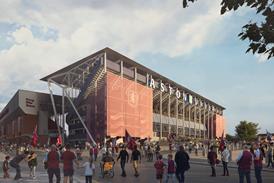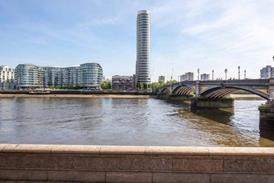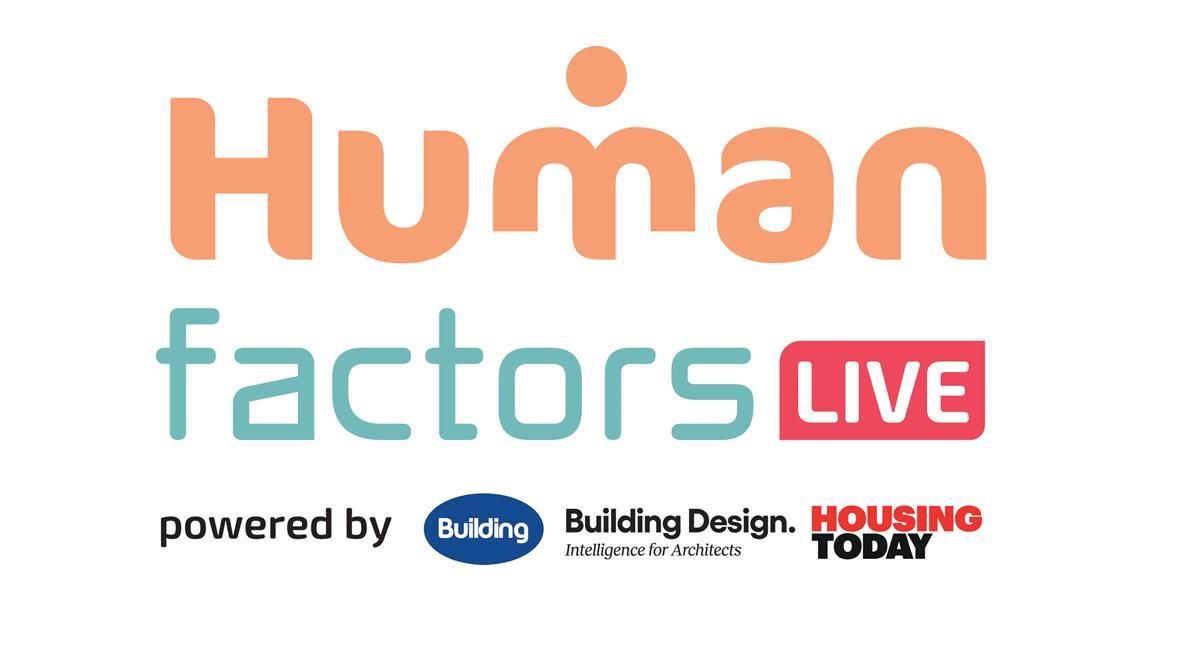- Home
- Intelligence for Architects
- Subscribe
- Jobs
- Events

2025 events calendar Explore now 
Keep up to date
Find out more
- Programmes
- CPD
- More from navigation items
Better housing, not just more housing, must be the goal

The government – and housebuilders – must be given the best possible chance of achieving its ambitious target writes Ben Derbyshire
Nobody wants new homes built nearby because what housebuilders do looks horrible and inevitably overwhelms local infrastructure – right? Well, hold on. How else can the government achieve its target of a million and a half new homes within the life of this parliament?
According to the 2024 Competition & Markets Authority report, in 2021-22 the largest 11 speculative housing developers together supplied around 40% of new homes built. The government response has been to instigate bold reforms to housing delivery targets for councils and an overhaul of the planning system, investing in affordable housing and encouraging SME developers.
…
This content is available to registered users | Already registered?Login here
You are not currently logged in.
To continue reading this story, sign up for free guest access
Existing Subscriber? LOGIN
REGISTER for free access on selected stories and sign up for email alerts. You get:
- Up to the minute architecture news from around the UK
- Breaking, daily and weekly e-newsletters
Subscribe to Building Design and you will benefit from:

- Unlimited news
- Reviews of the latest buildings from all corners of the world
- Technical studies
- Full access to all our online archives
- PLUS you will receive a digital copy of WA100 worth over £45
Subscribe now for unlimited access.






